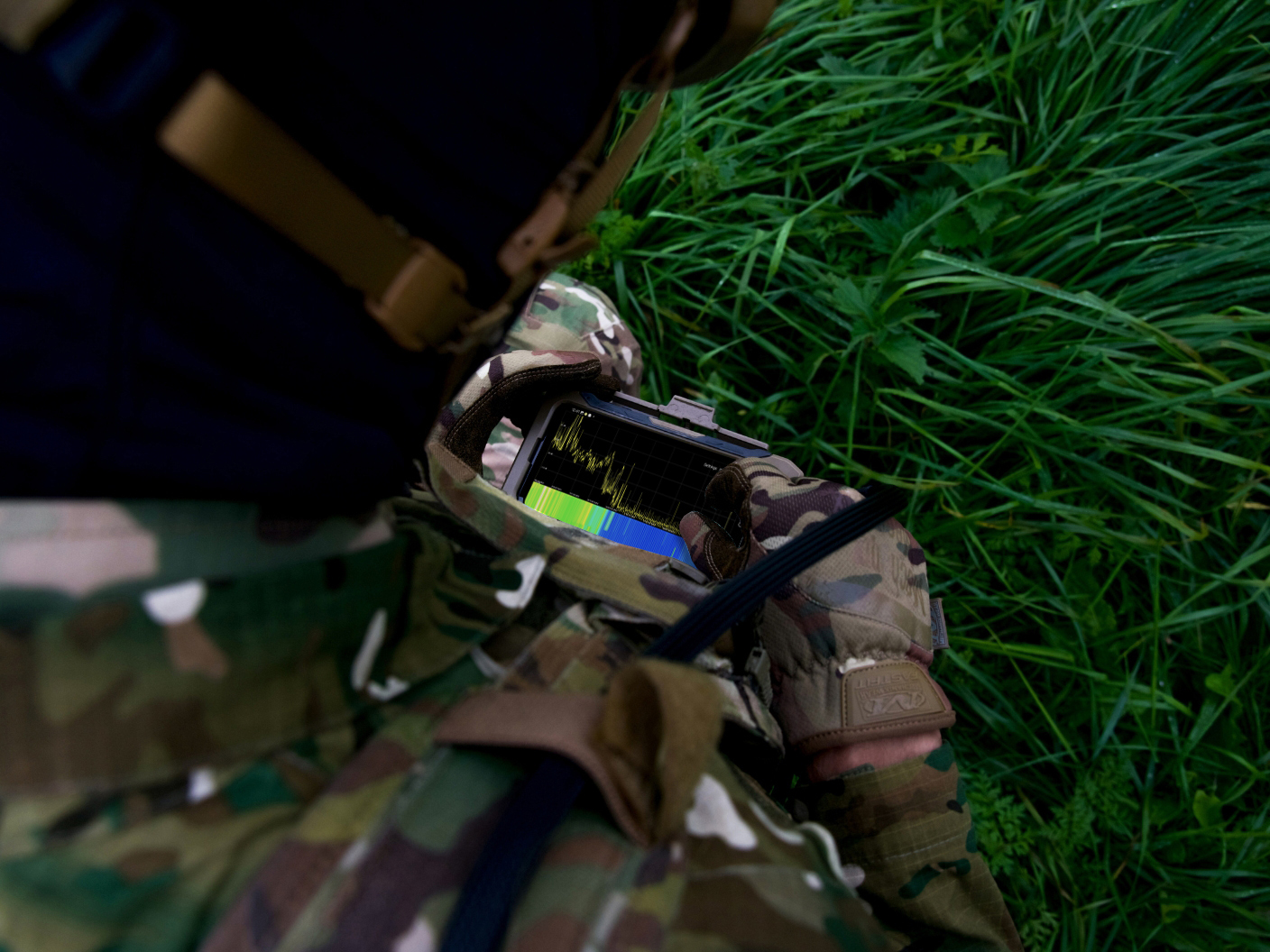
Counter-UAS for Airports
How MyDefence Strengthens Airport Security
Escalating Drone Threats to Airport Safety and Operations
As drone threats rise, airports face growing risks that disrupt operations and compromise safety. Unauthorized drones can interfere with flight plans, breach restricted airspace, and create security hazards. These incidents often lead to costly delays, airspace closures, and operational setbacks. To counter these risks, MyDefence provides innovative counter-UAS solutions. Our advanced technologies are specifically designed for airports, ensuring comprehensive protection of infrastructure and airspace.
Advanced Counter-UAS Solutions for Airports
Our reliable systems deliver real-time drone detection, tracking, and mitigation. This enables airport authorities to quickly identify threats, locate drones and their operators, and take immediate action. As a result, airports can prevent disruptions, reduce security risks, and maintain smooth operations. With MyDefence’s solutions, both passengers and staff stay safer from the increasing dangers of drone activity.
Ensuring Continuity and Safety with Scalable Systems
MyDefence ensures airports stay ahead in counter-UAS defence by addressing the unique challenges posed by drones. Our scalable, easy-to-deploy systems provide continuous monitoring and rapid response capabilities.
By preventing airspace breaches and minimizing disruptions, our solutions protect critical assets, including aircraft, passengers, and infrastructure. With MyDefence, airports can operate safely and efficiently while effectively managing drone-related risks.
Benefits of C-UAS
Identifying the presence of drones by analyzing their communication signals.
Neutralizing threats by disrupting the communication link between the drone and its operator.
Seamless integration with existing battle management systems, including full compatibility with the Tactical Assault Kit (TAK) for enhanced operational efficiency and coordination.
Providing real-time situational awareness capabilities, ensuring coordinated responses and informed decision-making across units.
Multi-Layered Approach
at HCA Airport
We have successfully installed and is now operating a full-scale counter-UAS system in the national drone test center at HCA Airport in Odense, Denmark. The system comprises RF detectors (Wolfpack and Watchdog series from MyDefence) as well as a C-UAS radar. Added to this layered approach are EO/IR cameras and acoustic sensors – all connected to the MyDefence Situational Awareness System – IRIS – providing C-UAS operators with a complete airspace awareness picture above the airport.
Each component of the C-UAS system operated by MyDefence is integrated with each other with RF detectors providing the core of the system e.g. providing cues to the EO/IR camera, which then starts to scan in the direction of the RF detection. The C-UAS radar provides long range detection whereas the acoustic sensors add coverage close to the ground. The Situational Awareness System gathers detections from all sensors and automatically determines the location of the pilot and the location of the drone displayed on the map dashboard. When the Situational Awareness System receives detections from multiple sources, the accuracy of the system increases as well as the level of certainty of which specific drone is detected.
The Situational Awareness System is easy configurable with map overlays, alarm zones and filtering of detections. The UI presents an easy-to-use dashboard with access to live tracks, reporting overview and controls of ECM/jammer if added to the Situational Awareness System.




3 Ways Drones threaten Airports
Drones present a significant threat to airport operations and security by enabling unauthorized surveillance, disrupting critical processes, and facilitating potential attacks. Their ability to bypass conventional security measures allows them to gather sensitive information, interfere with air traffic management, and carry payloads capable of causing physical or cyber damage. For instance, drones can disrupt airport operations, breach restricted airspace, and pose safety risks to aircraft during takeoff and landing. The growing prevalence and accessibility of drones further amplify these risks, making effective counter-UAS solutions crucial to protecting airports, ensuring safe operations, and maintaining the integrity of aviation infrastructure.
Drones can gather sensitive information about airport operations, posing a significant espionage risk.
Drones can cause physical disruptions by interfering with flight paths and airport activities, leading to operational chaos and costly delays.
Drones can carry payloads that may damage infrastructure, threaten aircraft, and endanger passengers and airport facilities.



